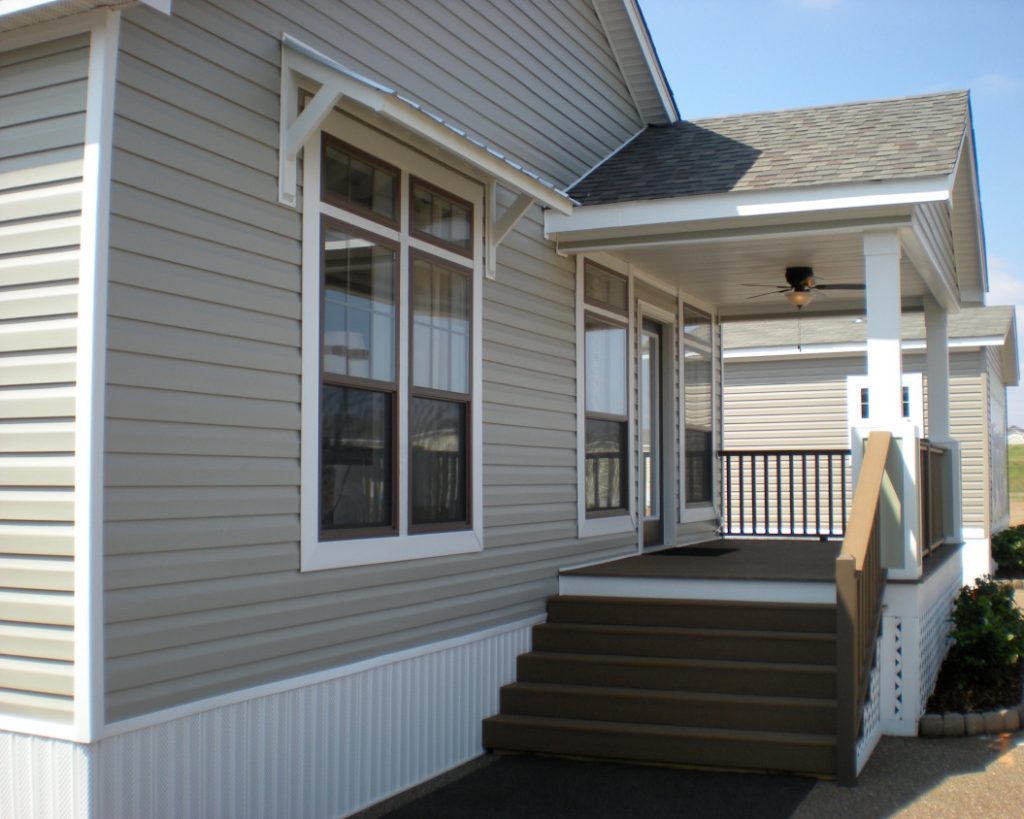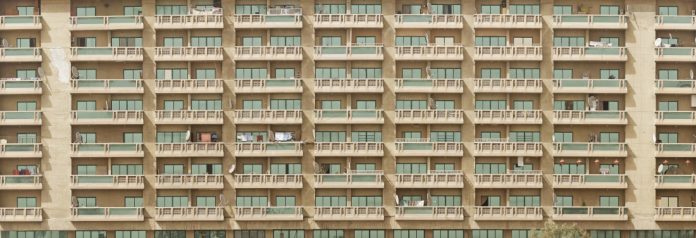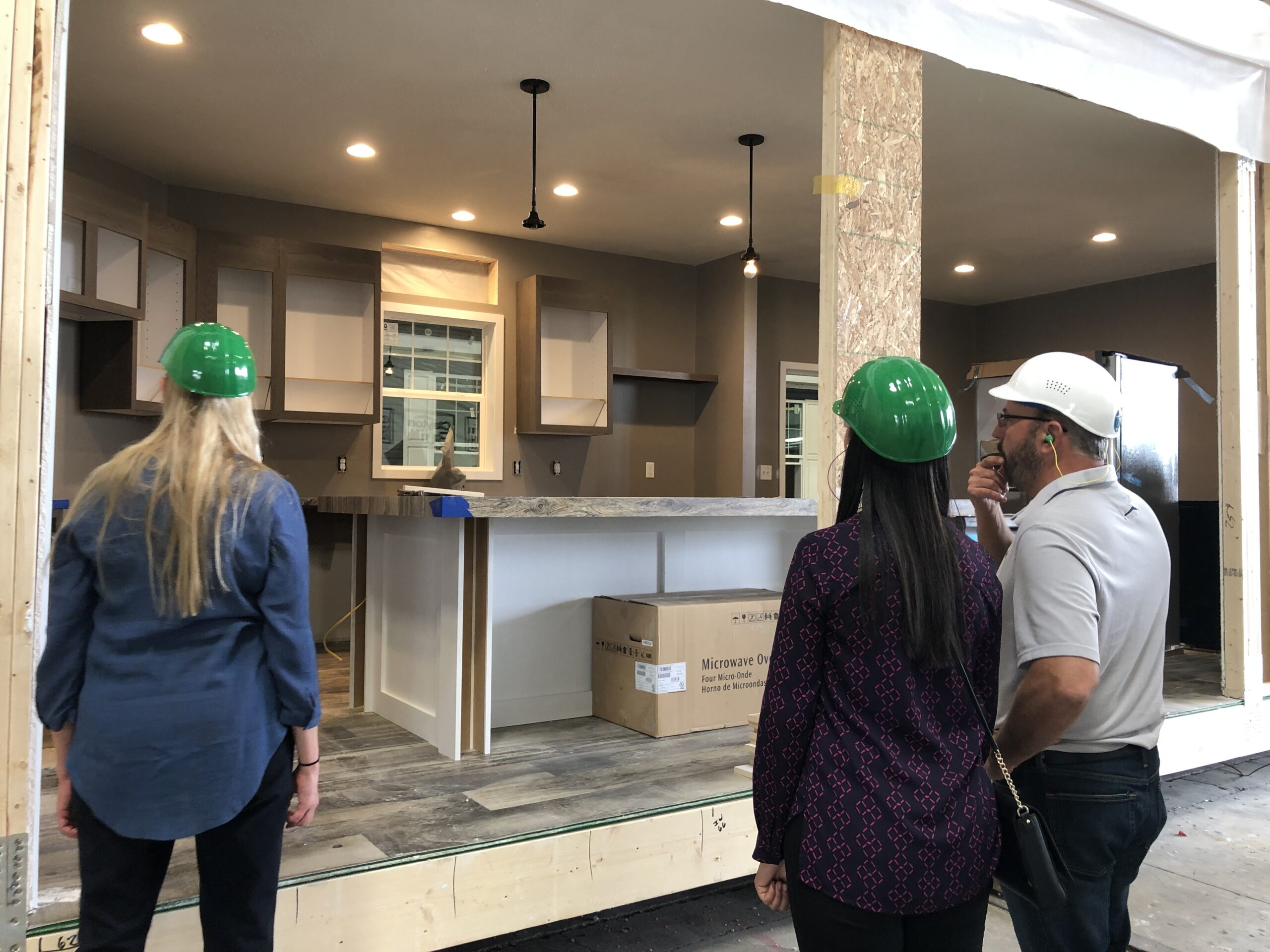Illinois Manufactured Housing Association Fights Statewide Rent Control
Like other states, Illinois is in the grips of an affordable housing crisis. The most consequential effects are felt in Chicago, where rents are on a steep rise. This forces many long-term city residents to move, said Frank Bowman, executive director of the Illinois Manufactured Housing Association.
In response, many residents of Chicago are starting to embrace the idea of rent control. This would allow local governments to put a cap on what landlords can charge. Chicago residents have pushed state legislators to introduce bills that would rescind a statewide ban on rent control. Legislation also would establish regional boards to cap rents, Bowman said.
Where is Rent Control Legislation in Illinois?

As of early March, 2019, the rent-control bills were still moving through the Illinois Legislature. Bowman said he was uncertain if the bills would pass. However, he said a coalition of realtor, apartment owner and property owner associations, including IMHA, is making “great headway” in educating state legislators about the ill effects of rent control. But Chicago is Illinois’ most populated city. Its presence looms large in the state Legislature, Bowman said.
The proposed legislation doesn’t single out manufactured housing communities. Yet, if enacted, the legislation could cap lot rents the same way it would cap rents for apartments and other income-producing properties.
What’s Wrong with Rent Control?
According to Bowman, the appeal of rent control is that it sounds like a simple solution: If you think your rent is too high, just pass a law to cap it.
However, the consequence of rent control is complex. An abundance of national studies and reports have been published from both sides of the political spectrum. These make it clear that rent control can do more harm than good. For starters, it limits the supply of affordable housing. Residents of rent-controlled housing tend to stay where they are, keeping that housing off the market. To make up for lost profits, owners raise rents on their non-rent-controlled housing. Or they turn the rent-controlled housing into condominiums. In summary, would-be renters end up competing for living space in a shrinking market. And a shrinking market tends to raise prices, Bowman said.

Affordable Housing Crisis
The core cause of the affordable housing crisis is the decline in production that started during the Great Recession. A decade later, most first-time homebuyers feel the burden of student-loan debt. This makes it harder to buy scarce and expensive homes. The combination has led to more people vying for an already limited rental supply, Bowman said.
Municipal governments have compounded the problem with exclusionary housing policies. In order to support existing property values, they restrict new housing — including manufactured housing. In addition, local governments tend to develop office parks and retail spaces without developing the housing that will be needed by the workers those new businesses attract, Bowman said.
The obvious solution to the affordable housing crisis is a greater supply of affordable housing, including manufactured housing. The greater the supply, the greater the chance that pricing for rental homes comes down, he said.
Bowman said the manufactured housing industry must continually strive to improve its image with local governments. He recently attended a city council meeting where business leaders said their workers need houses in the $100,000 – $150,000 range.
“We’re all over that. That’s our niche,” he said. “But that city excludes factory-built housing.”

Alternative Solutions to Rent Control
As alternatives to rent control, IMHA provided Illinois legislators with six policy solutions for the state’s affordable housing crisis. Enforcing these solutions would be a “tough hill” for the state government to climb. But it can be done — and IMHA will continue to push for it, Bowman said.
IMHA’s Six Policy Solutions for Illinois Housing
- Housing component law: Address the varied ways cities don’t zone for enough housing, don’t zone for multi-family housing or land-lease communities, and only allow low-density residential on large lots.
- Encourage housing development in existing commercial areas: In cities with low housing production and availability, push to allow residential development on large and underutilized commercial/big box/strip mall sites, especially in transit-served areas.
- Require housing for future commercial expansion: Many cities zone primarily for commercial office and retail with little or no thought toward housing. The state Legislature could require a jobs/housing analysis for all master plan development, identifying the estimated job creation by wage level and mandating that appropriate housing for new workers be provided as part of the development plan.
- Remove barriers to housing approval: Address cities that effectively block all housing development or reduce density through the approvals process. Develop a way to identify the problem and sort out good from bad policy, and then challenge those cities to correct the problem.
- Affordable housing zoning: Affordable housing faces particular barriers from approval processes and zoning in many jurisdictions. For the creation of affordable housing to take place, zoning densities may need to be relaxed and approvals streamlined.
- Remove barriers to workforce housing: Many cities deny approval for affordable workforce housing, or allow development only on the most difficult and undesirable sites. Consider linking state disbursements of infrastructure money, whether for transportation or parks, to approvals and funding for affordable housing alternatives in those jurisdictions.
MHInsider magazine will cover national rent control trends in more depth in the July/August issue.













